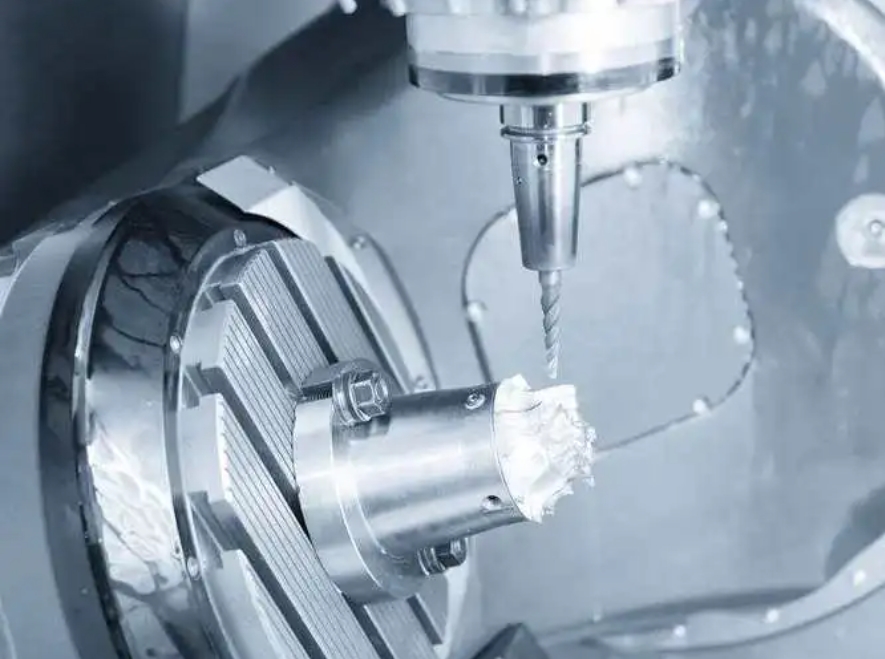The Role of 3D CAD in Metal Manufacturing: A Leap Towards Efficiency and Innovation+ View more
Design Validation and Optimization
Prior to the actual manufacturing process, 3D CAD models are instrumental in performing various simulations and Finite Element Analysis (FEA). These tests include stress assessments, thermal analysis, and dynamic simulations that are critical in validating the design's viability. The insights garnered from these evaluations empower designers to finetune their concepts, thereby optimizing product performance and preempting potential manufacturing pitfalls. This preemptive approach is vital in mitigating risks and ensuring that the transition from design to production is as seamless as possible.
Streamlining Pre-Manufacturing Preparations
In the pre-production phase, 3D CAD models serve as a direct conduit to Computer-Aided Manufacturing (CAM) software. This integration allows for the generation of precise tool paths for machinery such as CNC machines, laser cutters, and waterjets. Furthermore, rapid prototyping via 3D printing technologies enables the quick transformation of digital models into physical prototypes, thereby providing tangible iterations for validation and refinement.
Automation and Integrated Manufacturing
The automation capabilities ushered in by 3D CAD are noteworthy. By leveraging CAD files to generate tool paths, the incidence of human error is significantly reduced, and time efficiencies are realized. Moreover, this automated process enhances communication between the design and manufacturing equipment, ensuring that the final output adheres to the predetermined specifications with higher precision.
Quality Control and Reverse Engineering
Quality assurance is greatly bolstered by the ability to juxtapose 3D scanned finished products against their original CAD models. This rigorous comparison ensures adherence to design specifications in terms of dimensions and form. In instances where discrepancies are detected during manufacturing, reverse engineering facilitated by 3D scanning data can swiftly pinpoint and rectify design flaws, thereby guaranteeing that the end product meets the highest quality standards.
Improved Data Management and Cost Estimation
3D CAD systems proffer robust document version control and data management capabilities, which are imperative for maintaining design history and intellectual property. Sharing detailed product information across departments and supply chains becomes vastly more manageable with 3D CAD models. In addition, these models can be employed to automatically estimate material requirements, enabling accurate cost projections and facilitating manufacturers to provide prompt and detailed quotations based on customer-provided models.

